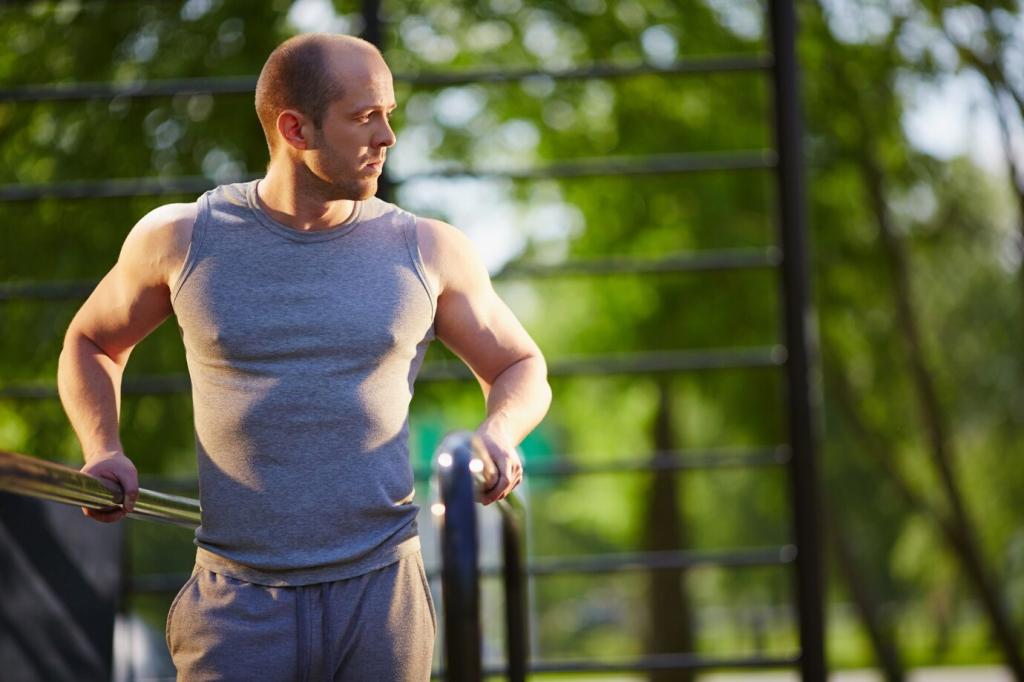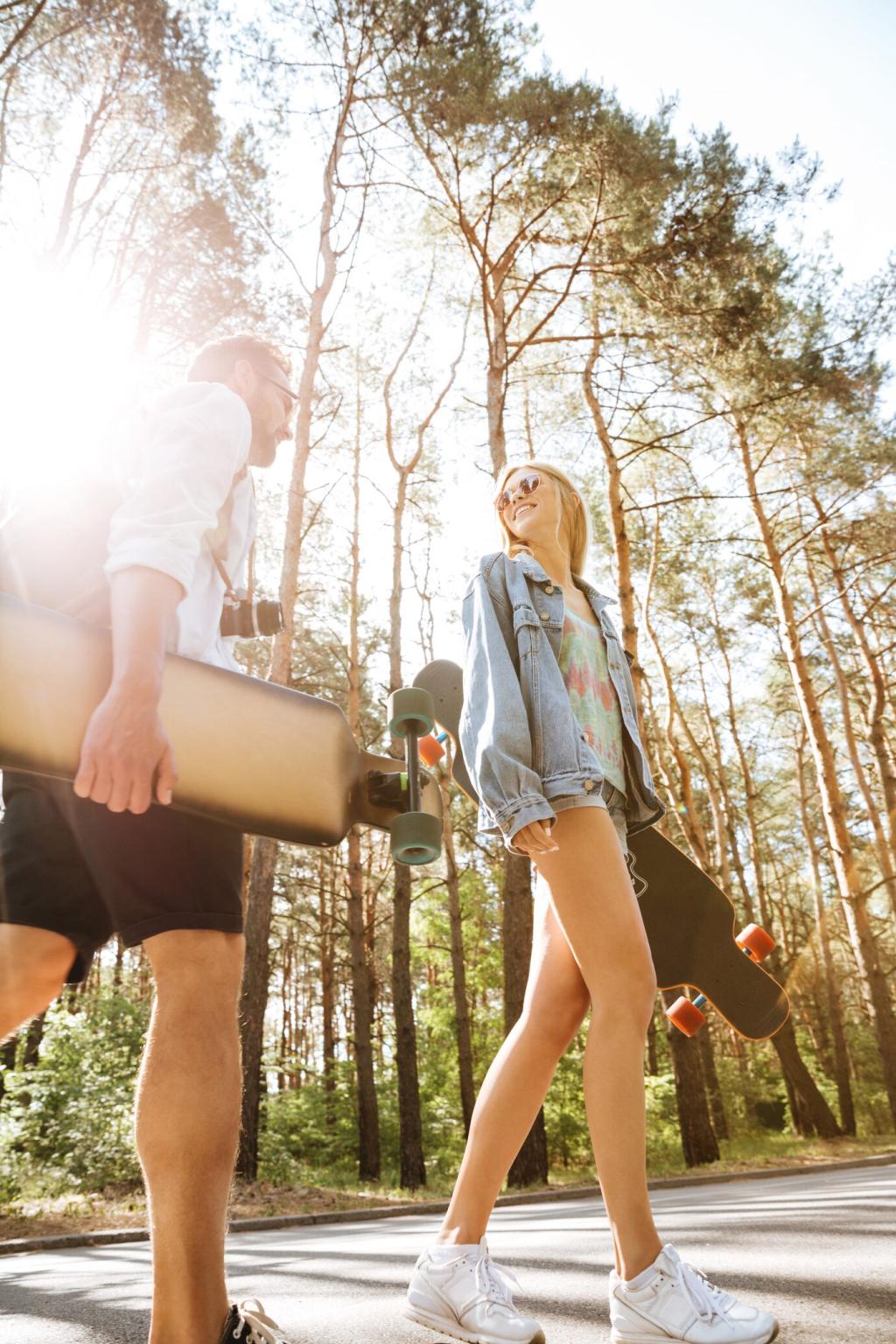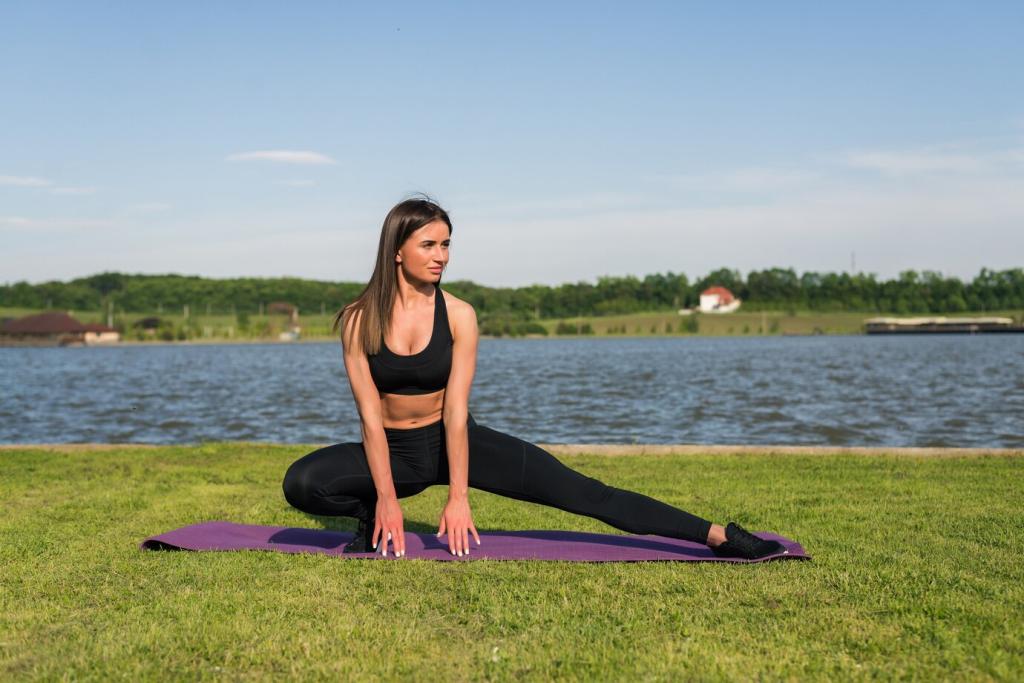Best Running Gear for Trail and Road: Build Your Perfect Kit
Chosen theme: Best Running Gear for Trail and Road. Whether you roam muddy switchbacks or cruise city avenues, this guide helps you choose reliable, comfortable gear that elevates every mile. Comment with your go-to essentials and subscribe for fresh weekly gear insights.

Shoes That Match the Terrain
Look for aggressive lugs, rock plates, and reinforced toe caps to stay stable on wet roots and jagged gravel. During a stormy 25K, deep lugs on my shoes clawed down slick granite and saved my knees. Share your favorite traction pattern below and follow for our next field test.
Shoes That Match the Terrain
Prioritize responsive midsoles, balanced stack height, and secure heel counters for smooth turnover on pavement. Rotating two pairs can extend lifespan and reduce injury risk. If carbon plates motivate you, test fit and cadence first. Which road workhorse do you rely on? Tell us in the comments.
Apparel for Every Forecast
Moisture-Wicking Layers That Prevent Chafing
Choose technical tops with flat seams and quick-dry fibers that pull sweat away before it rubs. Underarm gussets and drop hems prevent riding up under vests. On a humid tempo run, a mesh back panel kept me comfortable. What anti-chafe trick do you swear by? Join the discussion today.
Weather Shields: Jackets, Hats, and Gloves
Windproof shells tame icy gusts, while waterproof-breathable jackets with taped seams handle sudden downpours. Brimmed caps shed rain from your eyes, and lightweight gloves preserve dexterity. If your climate swings wildly, stash a packable shell. Subscribe for our storm-tested picks and user stories.
Trail-Ready Durability Without Bulk
Reinforced panels at hips and thighs protect against brush, while stretch-woven shorts move freely on steep climbs. Look for secure pockets that hold gels without bounce. Reflective trims serve on roads after dark. Which rugged fabric has impressed you most? Comment and help another runner choose wisely.
Hydration and Carry Systems
Measure torso length and choose snug, bounce-free vests with front flask pockets and pole carry. Bladders favor long, steady efforts; soft flasks make refills quick at aid stations. During a hot mountain 50K, chest flasks encouraged steady sipping. Share your ideal vest capacity and why it works.

For dark roads, 200–500 lumens with a steady beam is plenty. Technical trails often need 300–1000 lumens and a mix of flood and spot patterns. Balanced front-back battery weight reduces bounce. What’s your preferred brightness for winter mornings? Comment and subscribe for our night-running guide.
Safety and Visibility Anywhere



